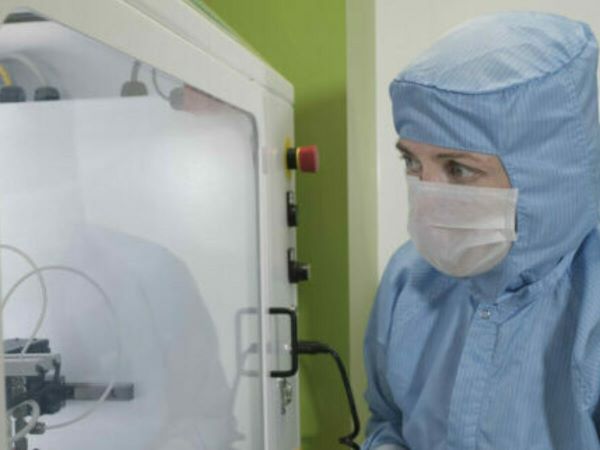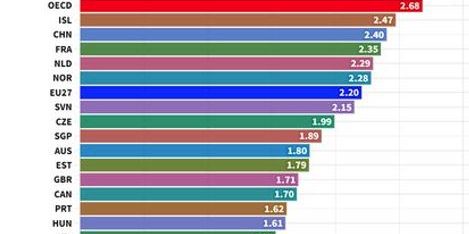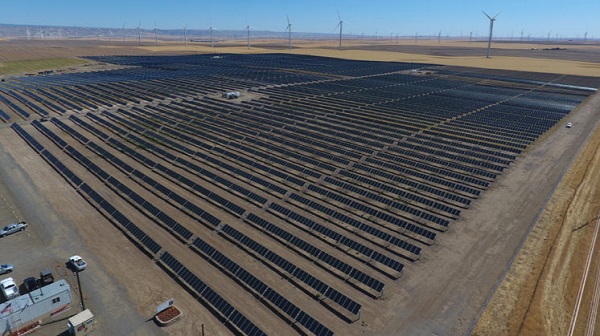Towards 3% R&D – The Statistics Do Not Lie By Dr John Howard
Today @AuManufacturing launches its new editorial series – Towards 3% R&D – Turbocharging Australia’s Innovation Effort – with the facts about the crash in R&D over the past decade. Here in this edited excerpt (full paper link below) Dr John Howard details the innovation slump. In 1981, Australia spent 0.90% of its GDP on R&D…











